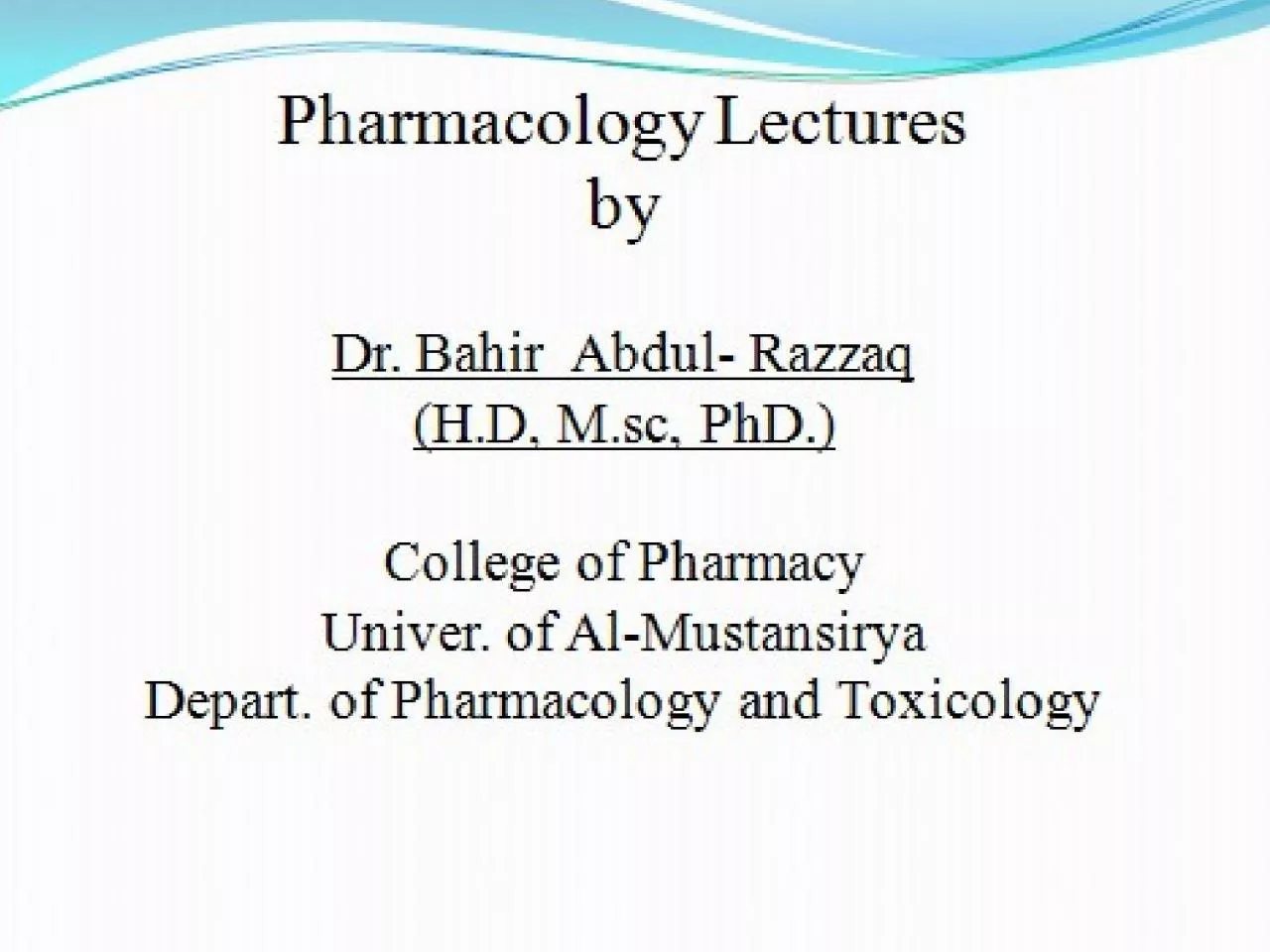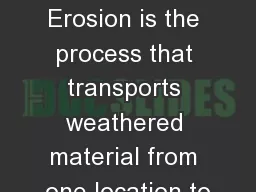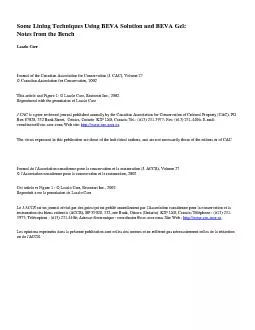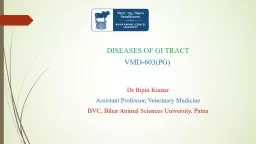PPT-Acid-peptic disease A group of disorders involving erosion or ulceration of the mucosal
Author : sophia | Published Date : 2023-07-23
nonulcer dyspepsia and stressrelated gastritis Antiemetic A drug that reduces nausea and vomiting Gastroesophageal reflux disease GERD Esophageal irritation
Presentation Embed Code
Download Presentation
Download Presentation The PPT/PDF document "Acid-peptic disease A group of disor..." is the property of its rightful owner. Permission is granted to download and print the materials on this website for personal, non-commercial use only, and to display it on your personal computer provided you do not modify the materials and that you retain all copyright notices contained in the materials. By downloading content from our website, you accept the terms of this agreement.
Acid-peptic disease A group of disorders involving erosion or ulceration of the mucosal: Transcript
Download Rules Of Document
"Acid-peptic disease A group of disorders involving erosion or ulceration of the mucosal"The content belongs to its owner. You may download and print it for personal use, without modification, and keep all copyright notices. By downloading, you agree to these terms.
Related Documents














